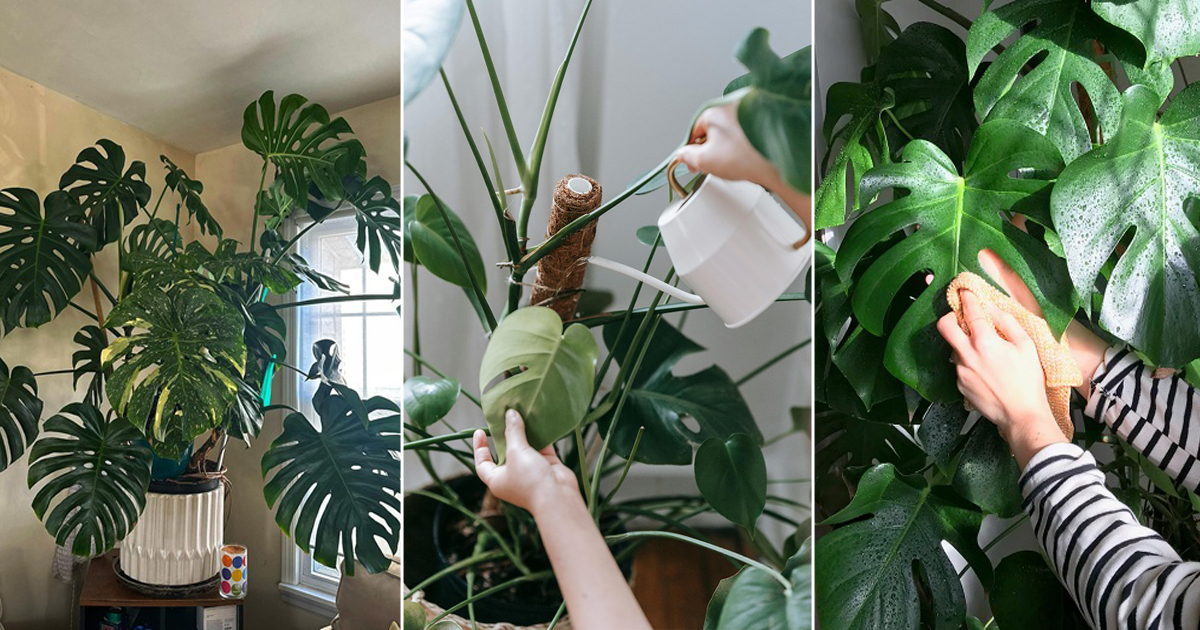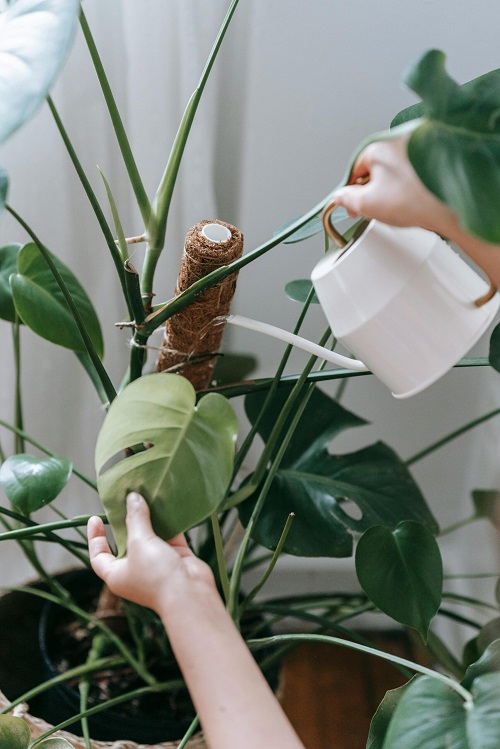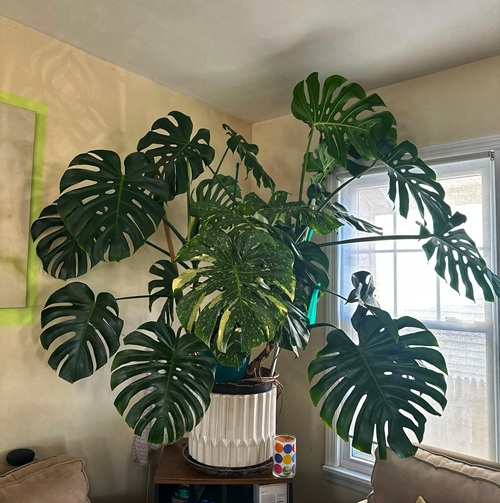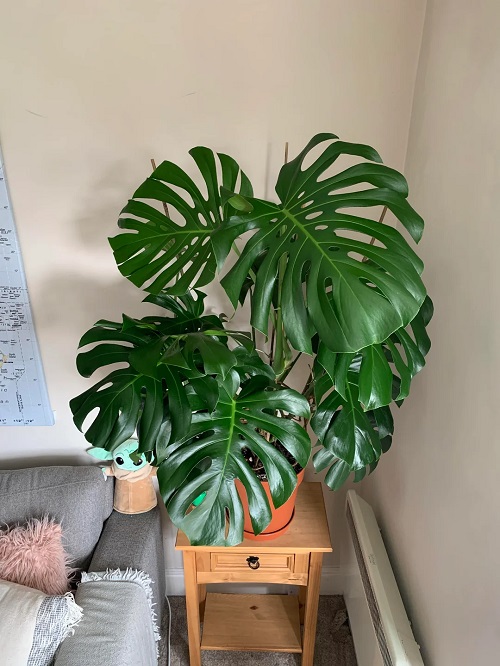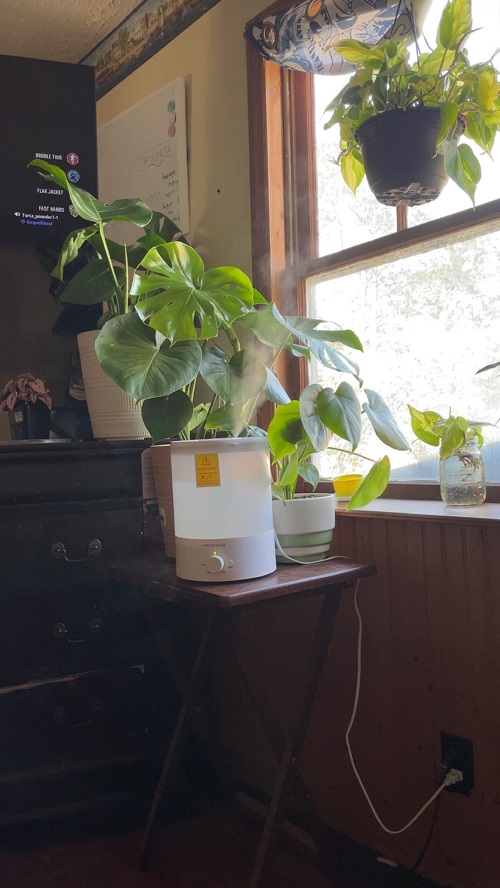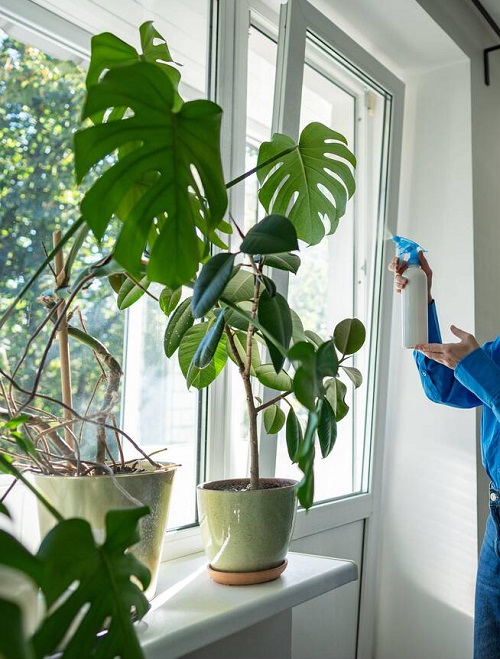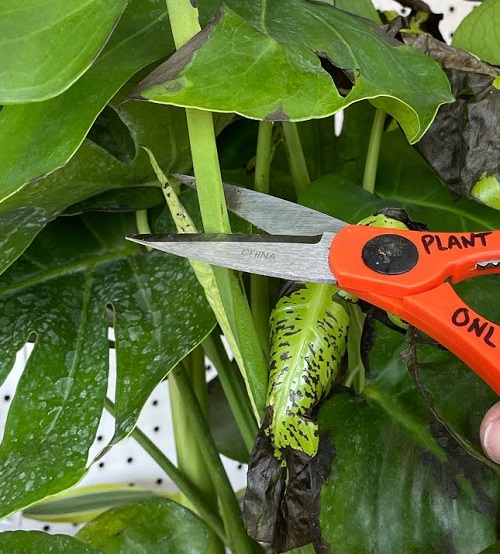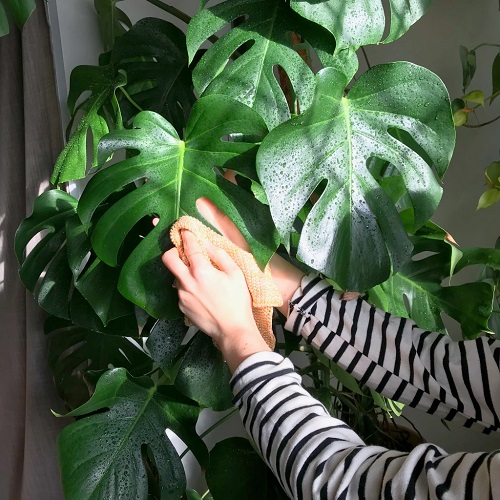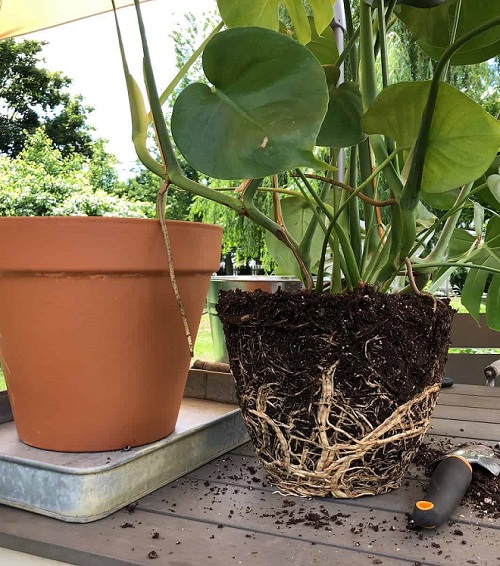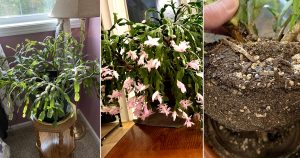Try these simple Things You Should Always Do to a Monstera in November for Strong Winter Growth for year-round, lush plants.

As temperatures drop in November, your Monstera starts to slow down its growth. This is a good time to prepare it for the winter months ahead. Simple care steps this month can make a big difference in how healthy and strong it stays through winter. Try to do Things You Should Always Do to a Monstera in November for Strong Winter Growth.
Things You Should Always Do to a Monstera in November for Strong Winter Growth
1. Adjust Watering to Match Cooler Temperatures
In November, Monstera need less water than they did in summer. The cooler weather slows down evaporation, so the soil stays moist longer. Before watering, check the top two inches of soil. If it feels dry, water thoroughly and let the excess drain. Avoid watering on a fixed schedule. Too much water can lead to root rot, especially when growth slows down.
2. Move It Closer to Light
Shorter days in November mean your Monstera gets less sunlight. Move it near a bright window where it can get plenty of indirect light. East or south-facing windows work well. Clean the leaves to remove dust, as dust blocks light from reaching the surface. If your home is dark, you can use a grow light for a few hours each day. This helps your Monstera stay green and active.
3. Maintain Warm Indoor Temperatures
Monsteras dislike cold air. In November, keep the room temperature between 18°C and 24°C. Avoid placing the plant near windows that let in cold drafts or near heating vents that blow dry air. Sudden temperature changes can stress the plant. Try to keep a stable environment will help the roots stay strong and healthy through winter.
4. Check Humidity Levels
Indoor air becomes dry in November due to heaters. Low humidity can cause brown leaf edges on your Monstera. To prevent this, mist the leaves every few days or place a humidifier nearby. You can also set the pot on a tray filled with pebbles and water. Good humidity helps the plant keep its glossy leaves and supports steady winter growth.
5. Reduce Fertilizing
The growth of Monstera slows in November, so it doesn’t need as many nutrients. Stop using fertilizer or switch to a very mild one every six weeks. Over-fertilizing now can burn the roots and lead to salt buildup in the soil. Focus on keeping the plant stable rather than pushing new growth. You can start feeding it again in spring, when growth resumes.
6. Support and Prune Gently
This is a good time to check the support structure of your Monstera. Tighten or adjust the moss pole or stakes if needed. If you notice long or damaged stems, trim them slightly. Avoid heavy pruning because the plant is entering a slower growth phase. Light pruning helps the plant stay neat and directs energy toward healthy leaves.
7. Keep the Leaves Clean
Dust builds up on Monstera leaves over time, especially in dry indoor air. Wipe each leaf with a soft, damp cloth in November. Clean leaves can absorb more light and look healthier. This small task also helps you spot early signs of pests like spider mites or scale insects.
8. Watch for Pests
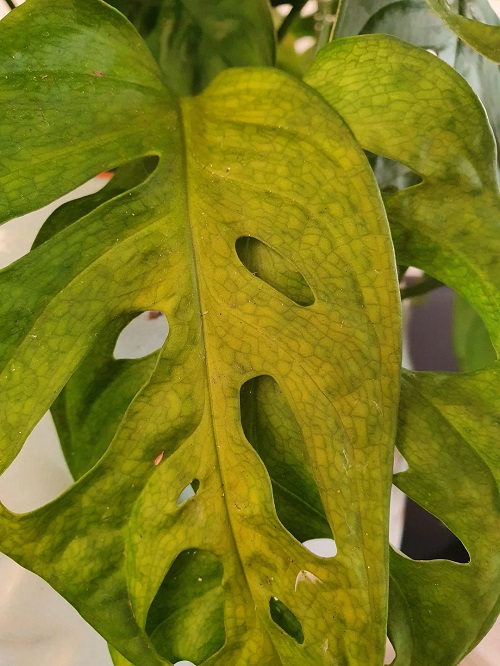
When indoor air gets dry and warm, pests like spider mites become more active. Inspect both sides of the leaves each week. Look for small spots or webbing. If you find pests, clean the leaves with water and mild soap. Regular checks prevent infestations and keep the plant strong during the slower season.
9. Repot Only If Necessary
November is not the best time for repotting because the plant is resting. However, if you see roots growing out of the pot holes or the soil drains poorly, you can repot it carefully. Choose a pot one size bigger and use well-draining soil. Try not to disturb the roots too much during this process.

